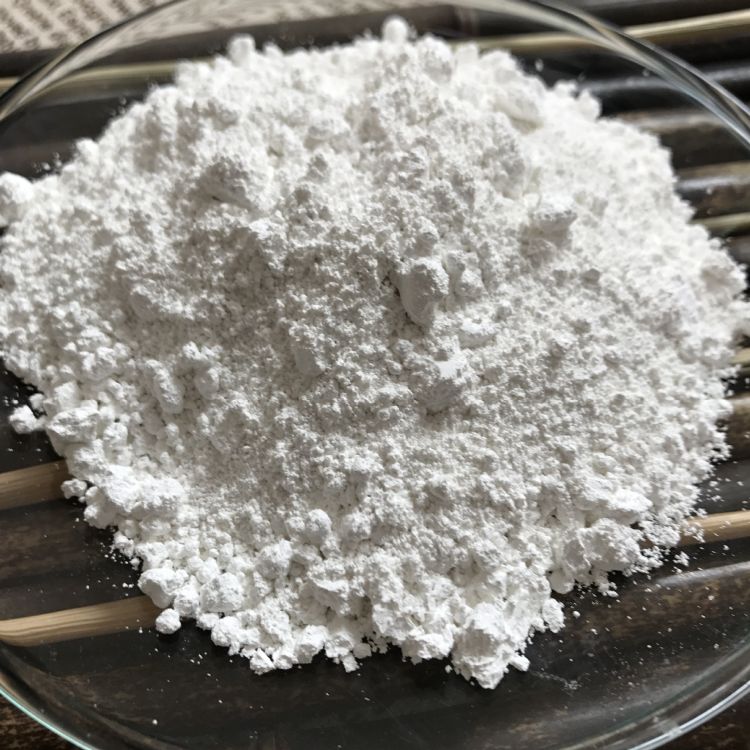
Calcium Carbonate Powder Cost from Manufacturing Plants and Market Trends
Understanding the Pricing of CaCO3 Powder A Factory Perspective
Calcium carbonate (CaCO3) is a widely used chemical compound found in various industries, ranging from construction to pharmaceuticals. Its versatility and abundance make it a popular choice for numerous applications, leading to a significant demand for CaCO3 powder. This article explores the factors influencing the price of CaCO3 powder from a factory standpoint and provides insights into the market dynamics that affect its pricing.
The Demand for Calcium Carbonate
Calcium carbonate is primarily used as a filler in products like plastics, rubber, paint, and paper. Its applications extend to the food industry, where it serves as a calcium supplement, as well as in the environmental sector, where it is utilized for wastewater treatment. The increasing demand for lightweight and cost-effective materials has led industries to adopt CaCO3 as a substitute for more expensive alternatives.
Moreover, the construction industry's growth, particularly in emerging markets, has further amplified the demand for CaCO3. Its use in cement production, as well as in decorative building materials, underscores the importance of understanding its pricing dynamics.
Factors Influencing Price
1. Raw Material Costs The price of CaCO3 powder is heavily influenced by the cost of raw materials. Calcium carbonate is derived from natural resources such as limestone, marble, and chalk. Fluctuations in the cost of these raw materials, influenced by mining expenses, transportation, and quality, can significantly affect the final price of the powder.
caco3 powder price factory

2. Production Processes The method of production plays a crucial role in pricing. Ground calcium carbonate (GCC) and precipitated calcium carbonate (PCC) are the two primary forms of CaCO3. GCC is produced through mechanical grinding, while PCC is produced through a chemical synthesis process. The latter involves higher production costs due to the need for additional equipment and raw materials, thus making PCC more expensive than GCC.
3. Energy Costs Energy prices have a direct impact on manufacturing costs. Factories producing CaCO3 powder rely on energy-intensive processes. Any fluctuation in energy prices can lead to adjustments in production costs, directly impacting the price of the final product.
4. Market Demand and Supply The balance between supply and demand is a fundamental economics principle that affects prices. An increase in demand, particularly during periods of economic growth, can drive prices up. Conversely, oversupply in the market can lead to a decrease in prices. Seasonal fluctuations and industry trends can also play significant roles.
5. Geographic Location The factory's geographic location can influence logistical costs associated with transporting raw materials and finished products. Factories located in areas with rich limestone deposits may enjoy lower raw material costs, thus providing a competitive edge in pricing.
Conclusion
Navigating the pricing landscape of CaCO3 powder involves understanding the interplay of various factors, including raw material costs, production methods, energy prices, and market dynamics. For factories producing this essential commodity, staying mindful of these variables is crucial to maintaining profitability while meeting the evolving demands of their clients.
As industries continue to seek sustainable and cost-effective solutions, the role of CaCO3 powder is likely to expand, making its pricing an essential aspect of strategic planning for manufacturers. Through a comprehensive understanding of the factors influencing CaCO3 pricing, stakeholders can make informed decisions, ultimately benefiting both suppliers and end-users in the marketplace.
Share
-
Premium Pigment Supplier Custom Solutions & Bulk OrdersNewsMay.30,2025
-
Top China Slag Fly Ash Manufacturer OEM Factory SolutionsNewsMay.30,2025
-
Natural Lava Rock & Pumice for Landscaping Durable Volcanic SolutionsNewsMay.30,2025
-
Custom Micro Silica Fume Powder Manufacturers High-Purity SolutionsNewsMay.29,2025
-
Custom Mica Powder Pigment Manufacturers Vibrant Colors & Bulk OrdersNewsMay.29,2025
-
Custom Micro Silica Fume Powder Manufacturers Premium QualityNewsMay.29,2025






